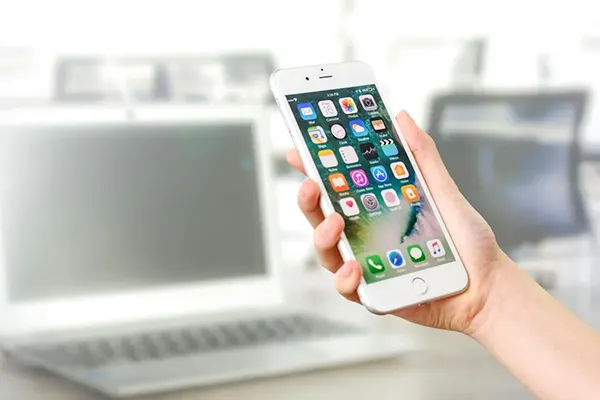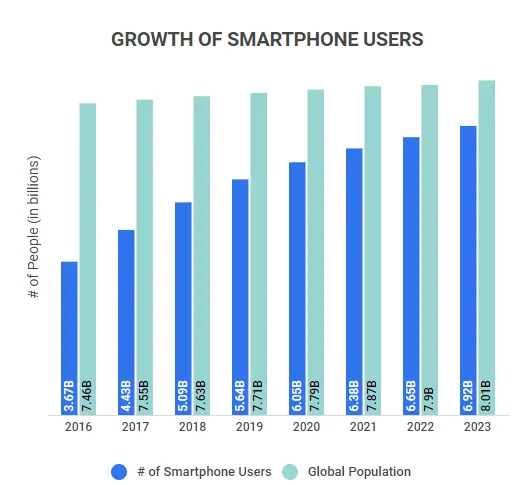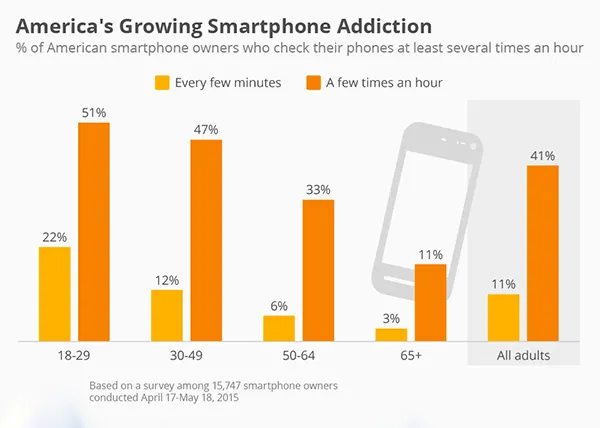Unlocked Phones vs. Locked Phones: What You Need to Know

According to Zippia, more than 1.5 billion smartphones are sold each year in the United States alone. However, a significant percentage of them are sold via cell phone contracts provided by carrier providers. Also, learn about Free 5G Government Phones in this guide.
Cell phone contracts are a pretty popular means of purchasing a phone in the USA. However, the contract keeps the phone locked, which means you cannot use another carrier company until you have paid off the total value of the device.
But, if you have ever wondered to take a look into the process to unlock a phone, you have clicked on the right link. This write-up will discuss the nuances and details of things that you must be aware of regarding the difference between a locked and unlocked device.
What is the Difference Between Locked Phones and Unlocked Phones?
The difference between an unlocked and a locked phone is that a locked one has a code on it that keeps it from being used on another network. When you get a handset via a cell phone contract with a specific wireless provider, the device will be locked into being used with that carrier.
A ready-to-use phone can have the SIM card removed so that you can place a different SIM and work with a different service. SIM cards are often virtual these days, which makes this a very simple process to complete. The carriers just have to provide a digital SIM to be able to allow accessing their network.
The Benefits of Having an Unlocked Phone
The primary benefit of having an open phone is that you can switch wireless operators. You will have to get a new SIM card from the new provider, and then the service will work. You will not have to pay the carrier to release the handset or jump through any hoops to be able to be released from the contract to change carriers.
This is really ideal for those who travel overseas where it can be hard to stay on a single carrier for the service as you go from country to country. There will also be a key benefit if you like to bargain shop for the carrier from time to time.

Disadvantages of an Unlocked Phone
There are downsides related to having an unlocked phone. The primary consideration that you need to have in mind is that the phone will not have any insurance protection. This means that if you drop the device and break it, or it is stolen, there is no insurance policy to apply for help with getting a new mobile.
The other downside to an unlocked piece is that it will not be eligible for support of any kind. Also, when it wears out or starts to age, you will not be able to turn it into a carrier for an upgrade. Most people opt to keep their mobile locked with a carrier in order to access these perks.
However, if the handset has aged enough, there is no chance that the carrier will replace it if it breaks or if it is no longer a concern about getting upgrades each year. There is usually no necessity to have a locked one.

DETOUR:
By looking at the market from the macro level, the growth of smartphone users has been exponential when compared to the total world population.
Are There Requirements for Unlocking?
In most cases, your carrier will want to be sure that you pay off the phone before they will unlock it. There might be a small waiting period after the amount is paid off before it will be unlocked. This is typically about 14 days. These fail-safes are in place to make sure that scammers don’t buy them and immediately unlock them after accessing lower sales prices for the devices.
You can also buy ready-to-use ones from most manufacturers these days. They are no longer sold exclusively through service providers, making this possible. When buying such a piece, simply locate a service carrier and enter a contract with them to be able to get a SIM card that allows them to use their service.
If your phone happens to be damaged while switching carriers or SIMs, it’s worth knowing there are options for affordable iPhone repairs in Sydney that can get your device back in working shape without breaking the bank.
If you transfer your device to a new network, the device will require a new SIM card. SIMs are no longer physical in most newer models. This means that a digital SIM is easy to create to allow a smartphone to access the network of the provider of any choice.
Parting with the physical SIM card also offers the benefit of keeping them more impervious to water and other kinds of damage. The fewer ports that a cellphone has, the less likely it is that it will be damaged through use.

INTERESTING FACT
This study shows the amount of smartphone addiction in people from different age groups.
Does GSM vs CDMA Impact Unlocking Your Phone?
Network carriers use two different kinds of technologies to provide cell service. Some providers use GSM, while others use CDMA. Your phone has to be compatible with the provider’s network type in order to work.
Most makers sell their products with various network capabilities to handle this disparity with ease. Apple, in particular, makes devices that are friendly to both kinds of networks.
Your carrier should be able to tell you which network they offer so that you can shop for a different carrier that will be an option for your current device. Some of their types can be used on both kinds of networks as well.

Unlocking Your Phone Can be Very Beneficial
If you are looking for ways to make sure that the phone will work no matter what, unlocking it would be a good option. The process of unlocking a phone is not that difficult. Just visit the unlockgsm.net website.
Moreover, if your handset came to you from the manufacturer unlocked, you can simply pick the carrier of choice and activate phone service. Unlocking the phone offers a myriad of benefits that are clear to most owners.
